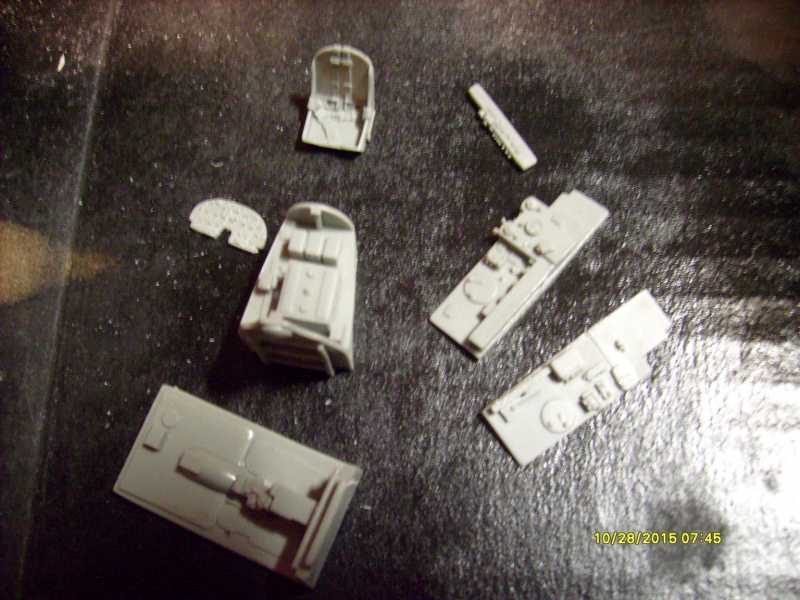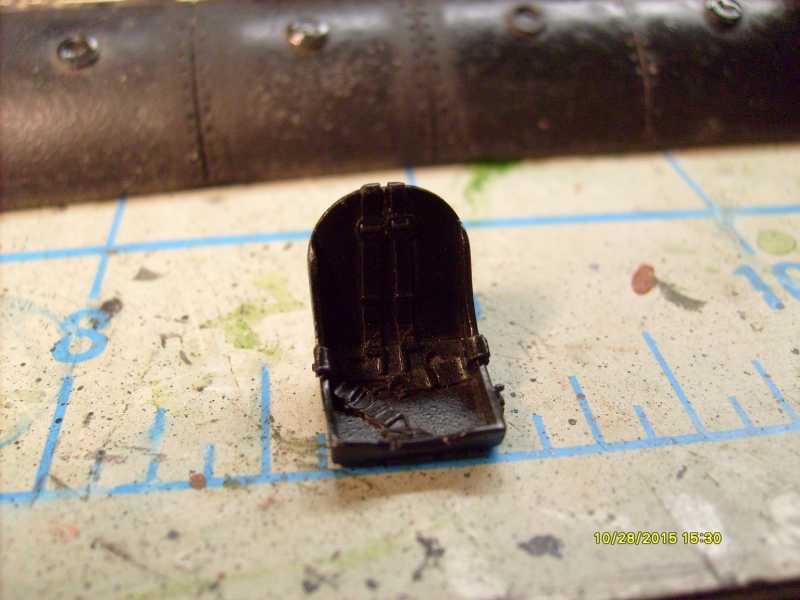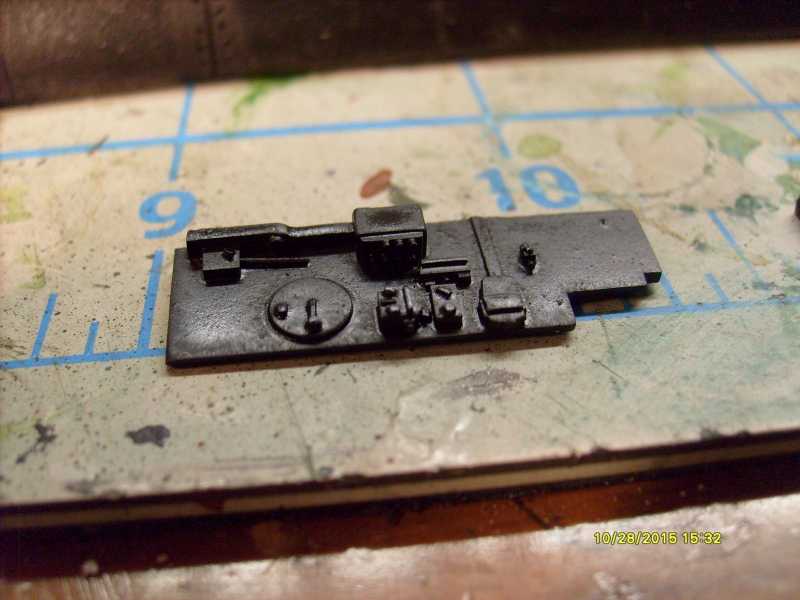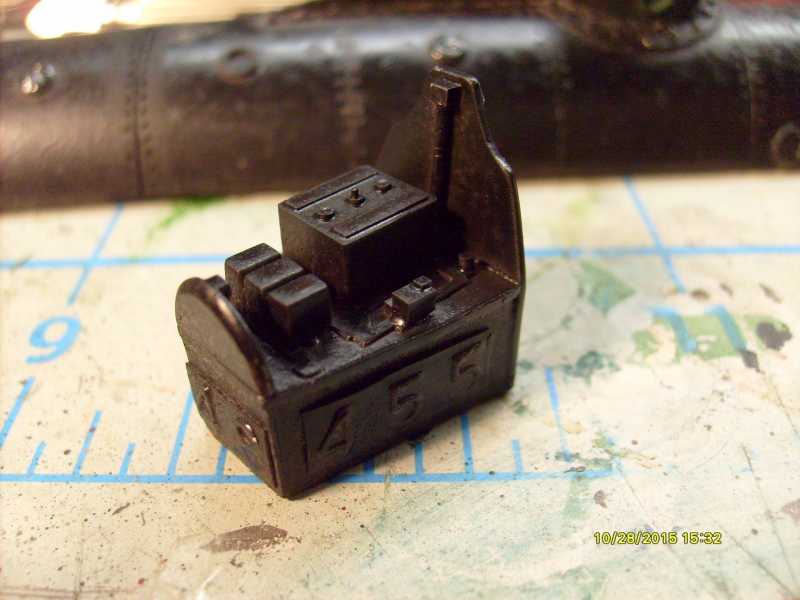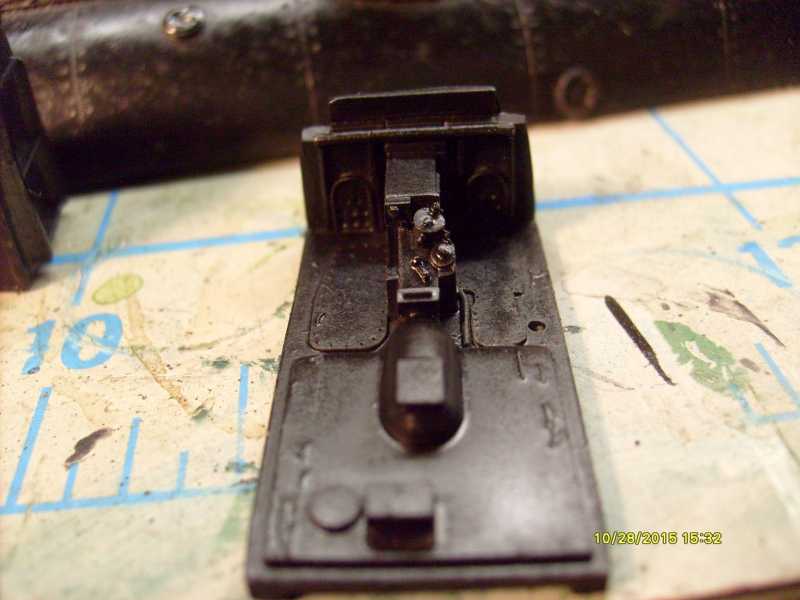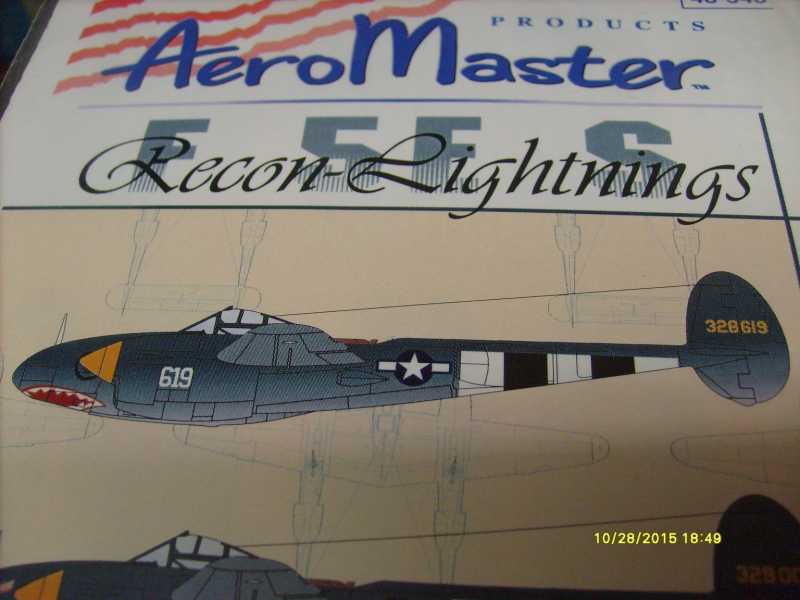Blue paint not NMF
WHAT IS HAZE PAINT?
Haze Paint is a graded system of shadow shading or countershading with thicker coats of Haze Paint in shadow areas, to produce lighter colors. First, the entire aircraft was painted black. Then a light coat of Haze Paint was sprayed over the upper surfaces resulting in a very dark bluish color. A heavy spray of Haze Paint was applied to the under surfaces, particularly in shadowed areas. This heavy coat resulted in a graded finish that ranged from light blue to nearly white. Sides of the booms, fuselage and vertical stabilizers/rudders were mottled in a medium coat. Since Haze Paint was not a solid color camouflage scheme, and no equipment existed to control the precise application of the graded layers of paint...it fell to the "artistic" judgement of the aircraft painter. This resulted in many variations in the thickness of Haze Paint applied to different aircraft and as such all had differing reflectance. With only a loose standard to follow for application of Haze Paint to aircraft, many of the early airframes completed were unacceptable to AAF inspectors.
SYNTHETIC HAZE PAINT
Recognizing that it would eventually be required to return to Haze Paint, Lockheed engineers turned to finding a suitable replacement. In January 1943, the AAF/Lockheed factory representative (an engineer from Sherwin-Williams) and an AAF 2LT met with Lockheed Vega engineers to develop a suitable replacement. Amazingly in flight test of aircraft finished in the oil-based Haze Paint, they were found brightly luminescent at altitudes above 20,000 feet! Since all testing of the Haze scheme had been done at low altitude and with no chase plane, it's no wonder the effect hadn't been noticed.
Lockheed developed a new blue base coat of Deep Sky tone which was designated "Sky Base Blue." Next the synthetic haze enamel, "Flight White" was tinted to a color named "Flight Blue." A F-5A Lightning was the first to receive this new scheme, with coats of Flight Blue in shadow areas and lighter coats of pigment on the sides and upper surfaces. Shading overall was very subtle and at first glance the aircraft appeared to be painted an uniform color.

